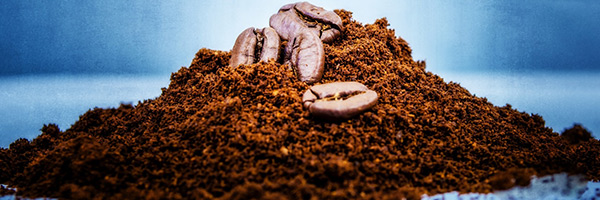The importance of the coffee grinder

With the advancement of technology and the improvement of traditional espresso machines in recent years, there is still a lot of work that needs to be put in to create a wonderful cup of coffee.
It isn’t as simple as just pressing a button and waiting for a stream of java elixir to pour forth and while there is a certain mastery of the dark arts required, many problems can be overcome with a little technical know-how.
In this piece we’re looking at one piece of equipment that is essential and plays a huge role in determining the quality of the coffee that ends up in your cup: the grinder.
Coffee differs from variety to variety. Each type of coffee – whether it be a single origin from El Salvador or a blend of comprised of beans sourced from around the world – is different in the way it tastes and, crucially, in the way that it needs to be prepared and extracted.
This means that the settings of your grinder will have to be micromanaged and adjusted to ensure optimum results can be achieved.
The grinder is made up of two burrs: the bottom one is fixed, so if any alterations need to be made it is the top burr that will be tailored. When tinkering, remember that closer burrs produce finer the grinds whilst and the opposite will be true when you create separation between
“Why is tinkering with the grinder important?” you ask.
With each type of coffee having distinct traits, some crumble easily, others need a little more work. The ideal brewing time is perceived to be between twenty and thirty seconds and the coarseness of the grinds play a huge role in determining how long the extraction process takes. Under or over extracted coffee isn’t particularly nice to drink.
This process incorporates a little bit of trial and error, and should be done at the start of every day to ensure consistency. Luckily however, a number of popular grinders have numbers on their burrs or other similar indicators, making it easy to make a note of the perfect settings for each type of bean. (We recommended a good old fashioned notepad, but equally a digital version, diagram or other such record would do the trick.)
So there you have it. You should now be one step closer to achieving that perfect cup no matter what type of coffee you are using.
